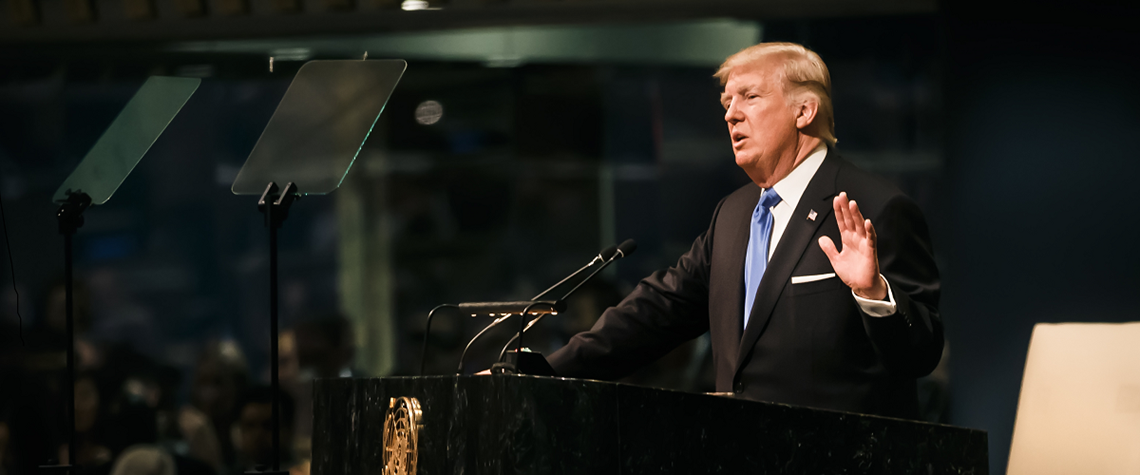The anatomy of a 'supply crunch'
Market forces, Trump's tweets and the latest Opec+ agreement have helped shape global supply in recent months
Early this summer, Opec scrapped its commitment to supply restraint, reversing a long-held policy of keeping markets tight as part of an effort to maintain a price floor. US President Donald Trump had turned up the pressure on the organisation's heavyweights through a series of tweets. "Oil prices are too high, Opec is at it again. Not good!" he Tweeted. Saudi Arabia, for its part, affirmed it would raise output, as crude oil prices reached heights not seen since the heady days of 2014. On the face of it, Trump appeared to have succeeded in twisting Riyadh’s arm to release more barrels onto the market and take the edge off prices surging past $80 a barrel. An Opec ministerial meeting in V

Also in this section
7 August 2025
Without US backing, the EU’s newest sanctions package against Russia—though not painless—is unlikely to have a significant impact on the country’s oil and gas revenues or its broader economy
6 August 2025
Diesel market disruptions have propelled crude prices above $100/bl twice in this century, and now oil teeters on the brink of another crude quality crisis
5 August 2025
After failed attempts to find a buyer for its stake in Russia’s largest oil producer, BP may be able to avoid the harsh treatment meted out to ExxonMobil and Shell when they exited—and could even restart operations if geopolitical conditions improve
1 August 2025
A number of companies have filed arbitration claims against Gazprom over non-deliveries of contracted gas or other matters—and won. The next step is to collect the award, but this is no easy task








